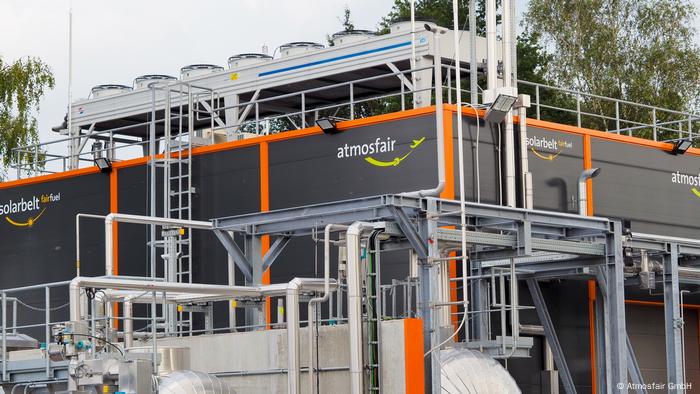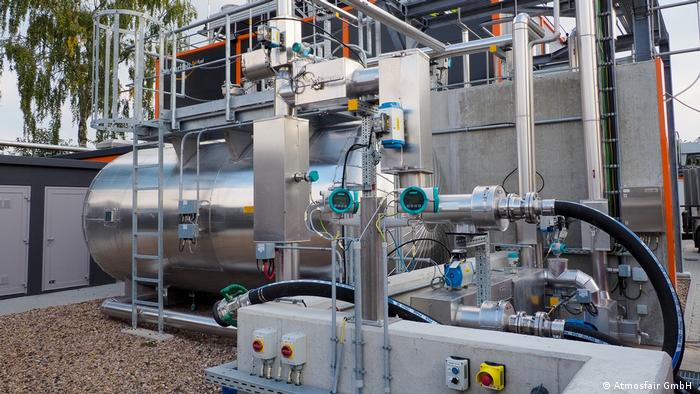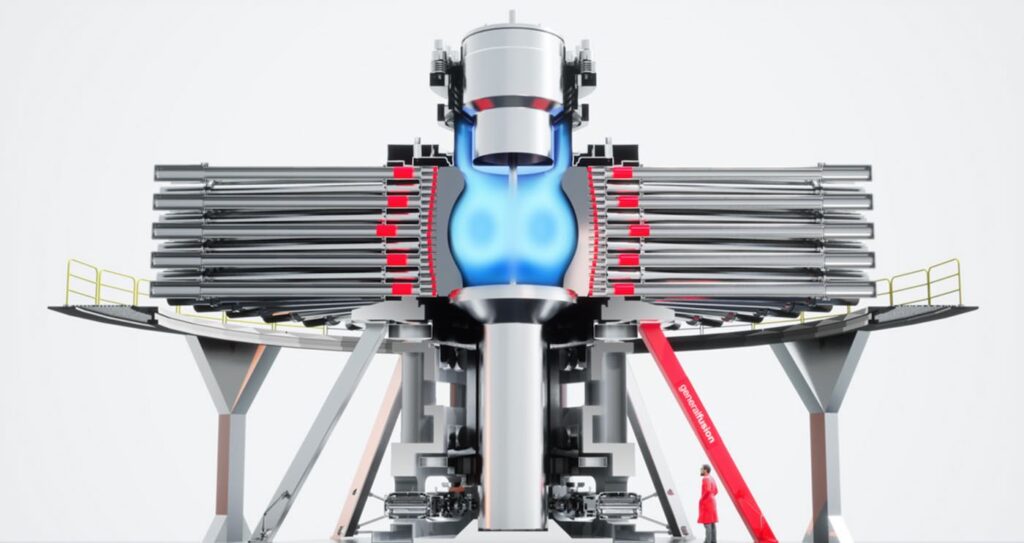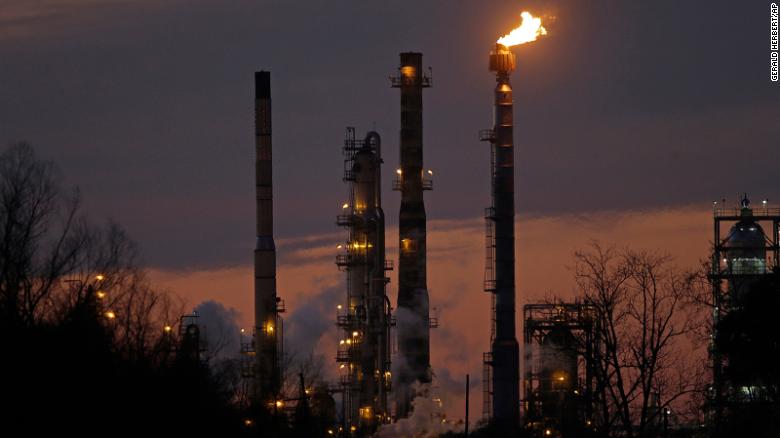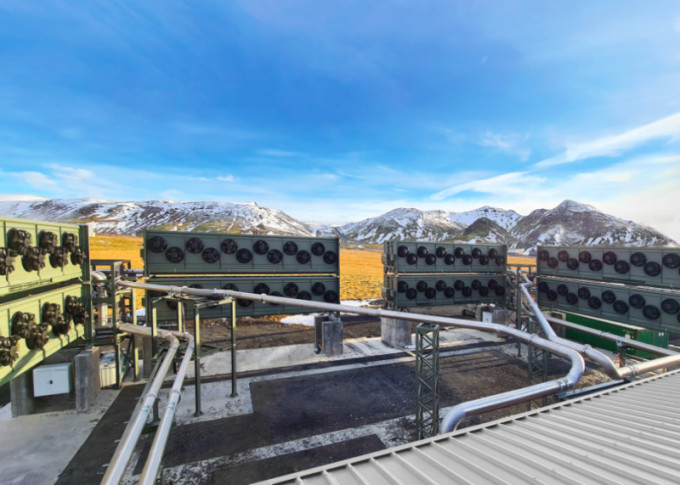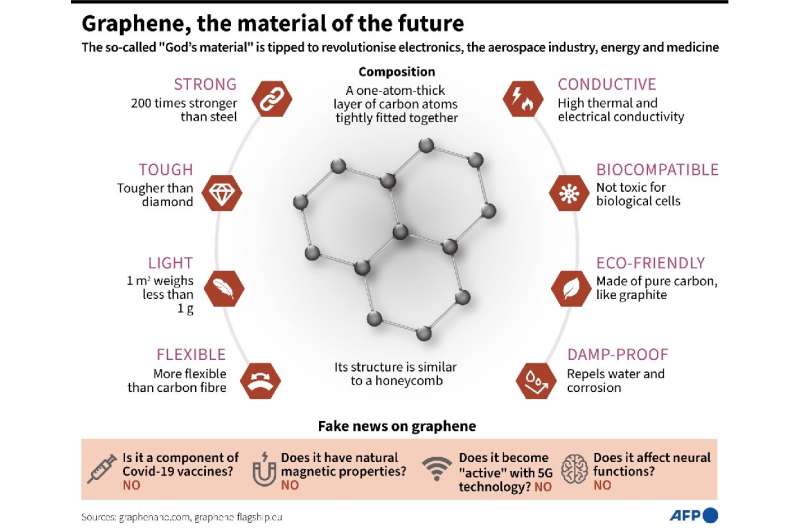INDIGENOUS CAPITALI$M
No need for federal involvement in Alberta coal mine review, First Nations say
Environment Minister said that First Nations had dropped
objections to federal involvement in review
Two Alberta First Nations say they're not convinced the federal government needs to be part of an environmental review for a large thermal coal mine expansion proposal in the province.
And both the Ermineskin and Whitefish Lake First Nations say they're concerned the review promised by federal Environment Minister Jonathan Wilkinson won't consider the economic impact that turning down the planned expansion would have.
"The scope of consultation must include [Whitefish Lake's impact and benefits agreement]," said a letter to the Impact Assessment Agency of Canada from Darryl Steinhauer, Whitefish Lake's consultation coordinator.
"In response, Canada has been clear that consultation on the reconsideration will not address the (agreement) or directly related matters."
Federal review
The statements come after Jonathan Wilkinson said Friday that First Nations had dropped their objections to federal involvement in a review of Coalspur Mines's project, which would create North America's largest thermal coal mine in the Rocky Mountain foothills west of Edmonton.
Wilkinson was announcing the reinstatement of a federal review, which is considered to be more rigorous than strictly provincial reviews. He had originally announced the review in 2020, after concluding the mine's footprint was large enough and its production big enough to cross federal thresholds.
But Ermineskin and Whitefish Lake support the project for its economic benefits and argued their treaty rights were violated when Wilkinson failed to confer with them. They took the federal government to court, requesting a judge order the minister to rethink his decision.
After the court suspended Wilkinson's decision and ordered him to reconsider, a series of meetings were held with affected First Nations. On Friday, Wilkinson said their concerns had been answered.
"We consulted very extensively with Ermineskin (First Nation) and Ermineskin has actually sent us a letter essentially withdrawing their objection to us going through the designation process," he said from Milan, where he was attending a climate conference.
But Carol Wildcat, the band's consultation director, said in a letter to the Impact Assessment Agency that Ermineskin still doesn't think Ottawa is needed.
"[Ermineskin]'s position is that a review of the [project] by the Alberta Energy Regulator is sufficient and that a review under the Impact Assessment Act is not necessary," she wrote. "[Ermineskin] neither supports or opposes a federal review of the projects."
But she also said any review must consider the band's financial concerns.
"[Ermineskin] will expect the [agency's] consultation process to address the potential impacts of (its) decisions about the projects on [the band's benefits agreement]."
A federal spokesperson was not immediately available for comment.
Wilkinson has said several times that new thermal coal projects don't fit with Canada's climate change policies and any new projects will have to surmount a high bar for approval.
By Bob Weber The Canadian Press
Posted October 1, 2021
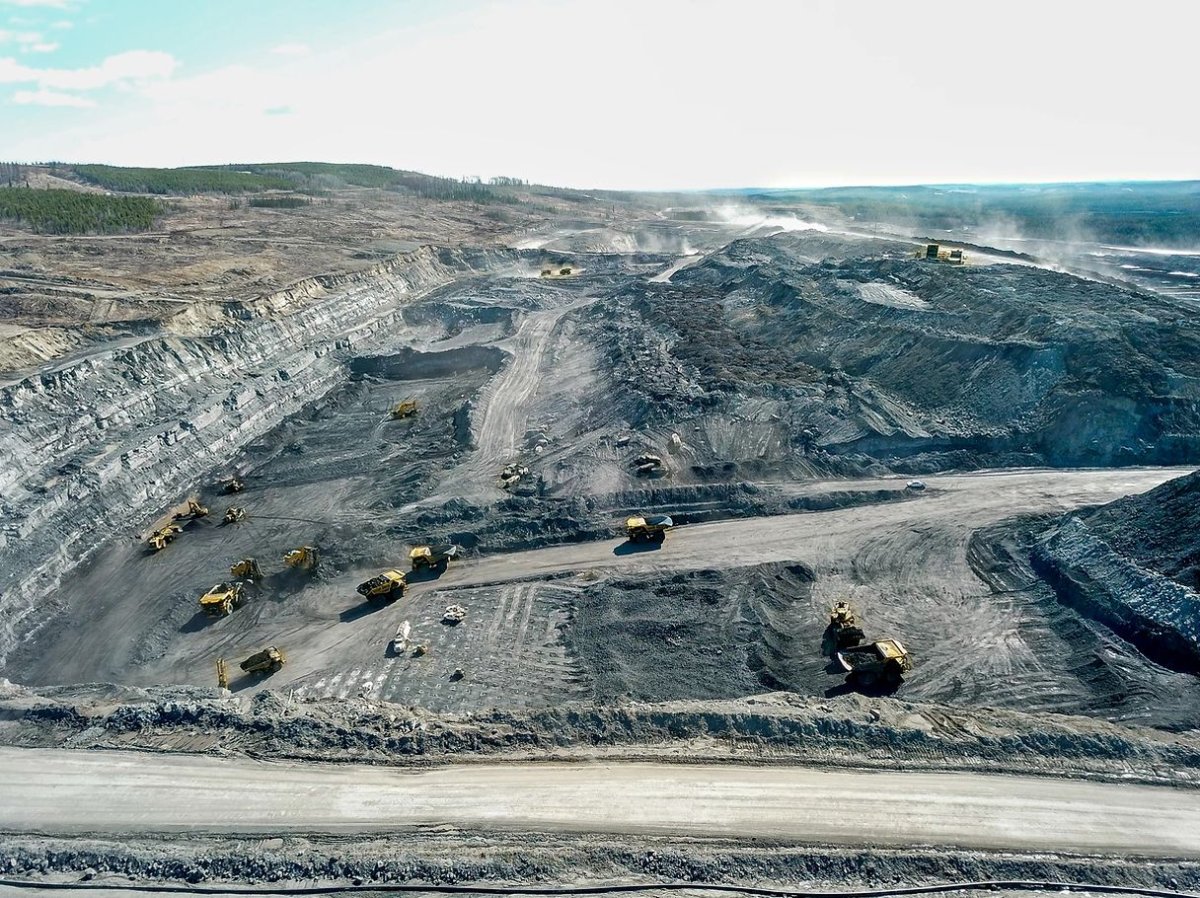
Federal Environment Minister Jonathan Wilkinson has reinstated his decision to subject a thermal coal mine expansion in Alberta to a federal review after a court ordered him to rethink it.

“Following the reconsideration process, I have determined that the physical activities warrant (federal) designation,” Wilkinson said in a statement regarding the proposed Vista expansion project.
The existing Vista mine began shipping coal for export in May 2019 and Coalspur Mines is seeking to expand the mine near Hinton in north central Alberta.
The expansion would make Vista the largest thermal coal mine in North America. The company also plans an underground test mine on the site.
READ MORE: The Coal Facts — thermal coal vs. metallurgical coal
A federal environmental review is required when a mine expands its footprint by 50 per cent or more, or if it plans to produce more than 5,000 tonnes of coal a day.
In the early stages of its development, Vista would come in just under those thresholds and the Impact Assessment Agency of Canada ruled in 2019 that Ottawa wouldn’t get involved.
But in 2020, Wilkinson decided that the footprint was close enough and that production would eventually exceed the level triggering a federal review.
He revoked the agency’s decision and ordered a joint federal-provincial process, considered to be a more rigorous than a purely provincial assessment.
That decision was challenged in Federal Court by Coalspur and Ermineskin First Nation.
Ermineskin supports the project for its economic benefits and argued its treaty rights were violated when Wilkinson failed to consult with them. Court agreed with Ermineskin and ordered Wilkinson to reconsider.
READ MORE: Feds urged to do own review of proposed coal mine expansion near Hinton
Since then, the agency has met with 44 First Nations, including Ermineskin.
“The agency held a series of meetings to ensure it fully understood Ermineskin’s perspectives and concerns with regard to the physical activities as well as the context surrounding the previous designation requests and processes,” said a statement from agency spokesman Stephane Perrault.
“The agency documented and included the feedback from Indigenous groups consulted during the reconsideration process to ensure their views were included in the analysis provided to the minister.”
A spokesman for Ermineskin was not immediately available to comment.
Coalspur’s application to Federal Court was thrown out after the Ermineskin ruling. A spokesman for the company wasn’t immediately available to say if that application would be refiled.
Wilkinson’s latest decision is based on reasons similar to those he initially cited.
He said Ottawa’s involvement is justified by the size of the planned expansion and its potential threats to areas of federal jurisdiction, such as contamination of waterways and habitat loss for species at risk. He also said the expansion would affect the treaty rights of other First Nations who oppose the project.
Wilkinson has also brought in a policy that states thermal coal mines are inconsistent with Ottawa’s plans to fight climate change.
Thermal coal, used to generate electricity, is one of the largest sources of greenhouse gases worldwide.

